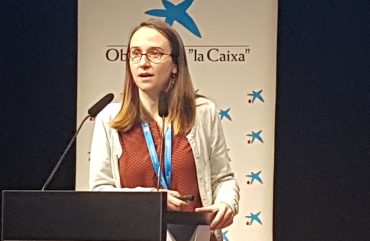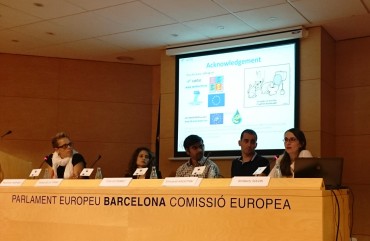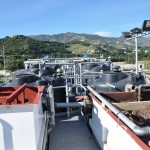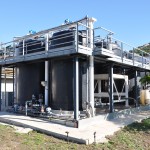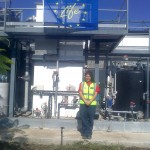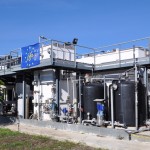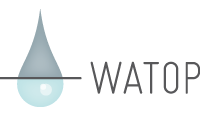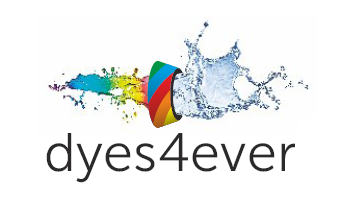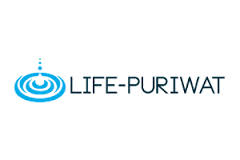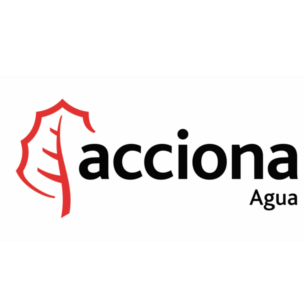LIFE BRAINYMEM
ACCIONA Agua, will apply advanced system control to the wastewater plants to also reduce the greenhouse gases emission and the wastewater recalcitrant pollutants. The project will be replicated in every wastewater treatment plants.The project will be replicable in every wastewater plants.
OBJECTIVES
The main objective of the BRAINYMEM project is to demonstrate that Membrane Biological Reactor (MBR) technology with an advanced control system is the best available technology for wastewater treatment, in terms of environmental impact and effluent quality.The proposed approach involves experimentation in a MBR pilot plant, representative of full-scale conditions, whose aeration (biological and membrane) will be controlled via a novel advanced control system.
1. To control both the membrane air scouring and the biological aeration with a novel advanced control system that will allow the reduction of air consumption (i.e. energy consumption) and the production of greenhouse gases (NOx and CO2). This will contribute to the compliance of the European Climate Change Programme (ECCP).
2. To enhance trace organic pollutant removal and to increase sludge filterability (when needed) by means of including flux-enhancer dosing, controlled by the advanced control system, to the activated sludge of the plant. This objective will contribute to the accomplishment of the Water Framework Directive (WFD) by helping in the achievement of a good ecological and chemical status of all Community Water by 2015.
3. To transfer the acquired knowledge to stakeholders by means of specific education and dissemination strategies and platforms as well as recommendations to policy makers.
MAIN ACTIVITIES
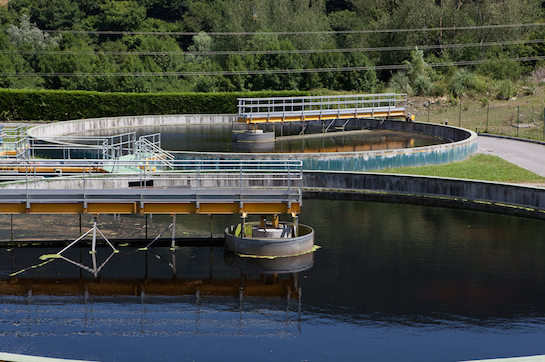
Development
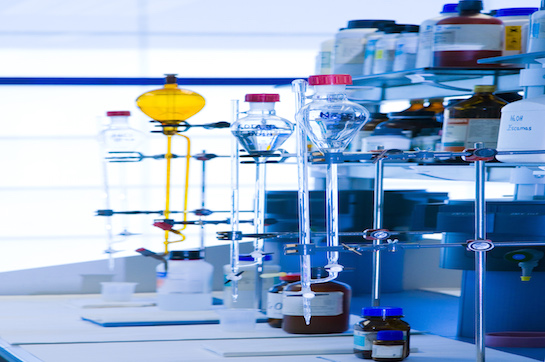
Analytical campaign.
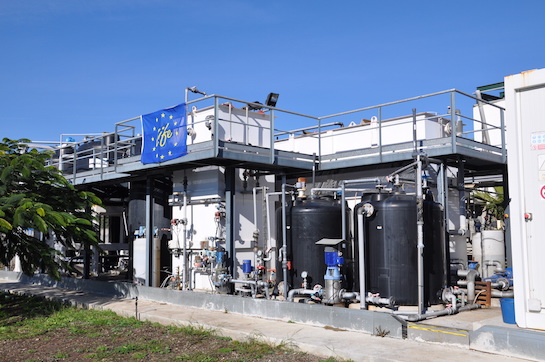
Pilot demonstration
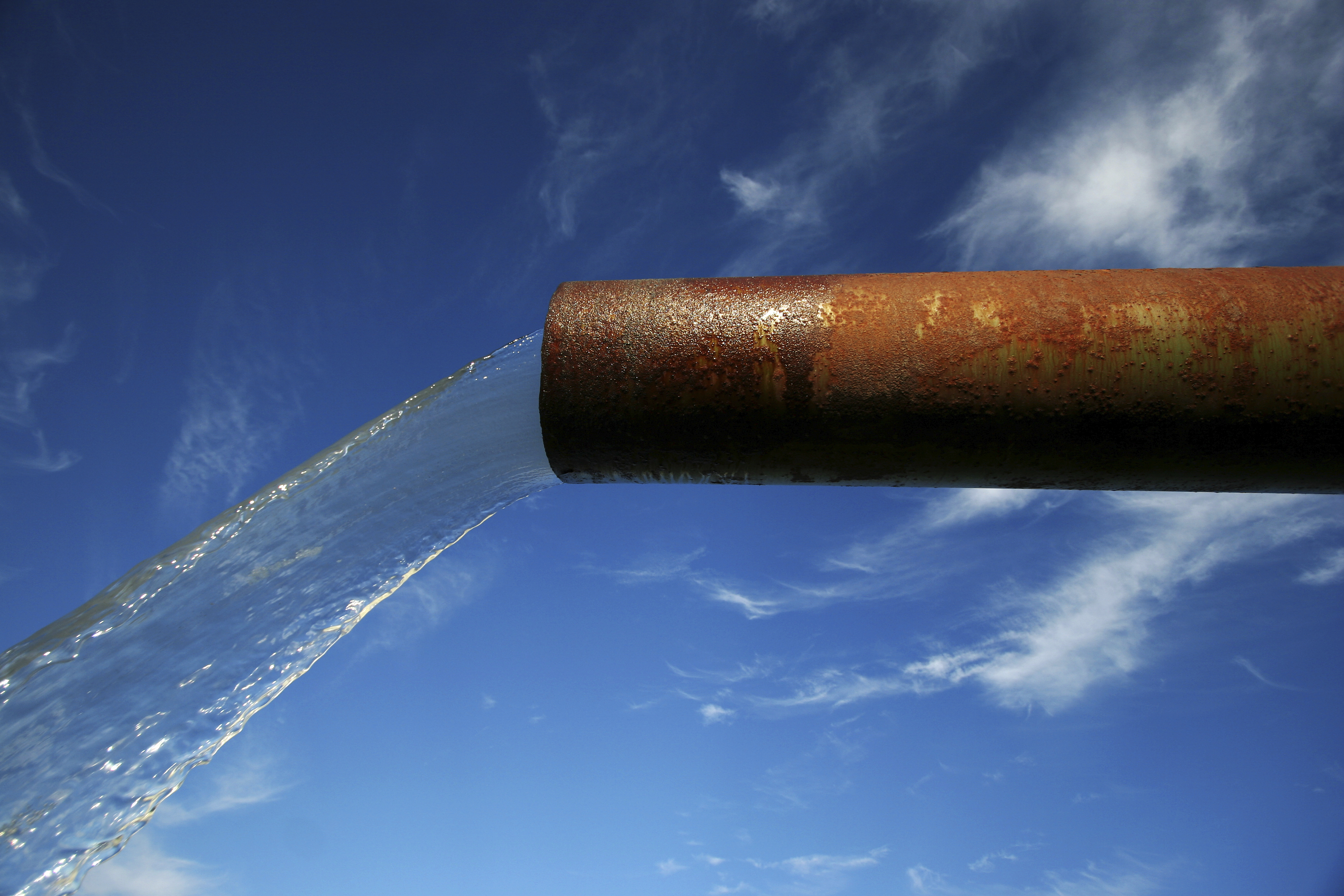
Monitoring of the impact

Communication

Project Management
EXPECTED RESULTS
Another important objective of the project is to improve the removal of the so-called emerging pollutants. This category includes compounds such us pesticides, antibiotics, hormones, etc., that are not efficiently removed using conventional treatment. Although these compounds are generally present in very low concentrations (in the order of micrograms or nanograms per litre) and they do not reach the drinking water distribution networks at relevant concentrations, they may be harmful for the aquatic ecosystems. Within the BRAINYMEM project, ACCIONA Agua will investigate the effectiveness of the dosage of innocuous compounds in the removal of emerging pollutants, with the objective of improving their elimination.
% Reduction in energy consumption of the membrane aeration
gCO2 (4,3KgCO2) per m3 of watter, NOx y CO2 reduction
BUDGET & DURATION
The project started the 1st of July of 2014 and it will be finalised by the 30th of June of 2017.The budget for the LIFE-BRAINYMEM project is
PUBLICATIONS
Reports & Progress
Final report available for downloading
12 Mar 2018The web version of the final report of the project
Presentation of results at the Catalonia Water Congress
03 Apr 2017The BRAINYMEM project was presented at the II Congrés de
Press release
SANITAS Final Conference
02 Nov 2015The Final Conference of the SANITAS project (www.sanitas-itn.eu) took place in Barcelona
NEWS
LIFE-BRAINYMEM present at Porto Water Week
10 Oct 2017The LIFE-BRAINYMEM project was invited to present its final results
AFTER-LIFE Communication Plan now available for downloading
28 Sep 2017The After-LIFE Comm Plan is now available here.
Start demo activities
July 1, 2014
Activity completed
Project start
July 1, 2014
Activity completed
Kick-off meeting
November 17, 2014
Activity completed
Web publication
December 26, 2014
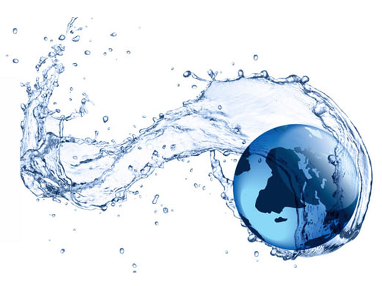
Activity completed
Implementation of advanced control
January 31, 2015
Activity completed
End demo activities
June 30, 2017
Activity in progress
GALLERY
- DEMONSTRATION PLANT
- DEMONSTRATION PLANT_LAB
- DEMONSTRATION PLANT
- DEMONSTRATION PLANT
- DEMONSTRATION PLANT
Contact
IF YOU WISH TO RECEIVE THE LATEST UPDATES OF THE PROJECT, DON`T HESITATE TO CONTACT US THROUGH
Teresa de la Torre < teresa.torre.garcia@acciona.com >
- Family Member Printable Rental Agreement Template
- Alberta Roadbuilders & Heavy Construction Association Agreement
- Rent Agreement Format in Urdu Pdf
- Sample Release and Hold Harmless Agreement
- Difference between Sps and Tbt Agreement
- Termination of Rental Contract Netherlands
- Employee Bond Agreement in India Is Legal
- Which Muscles Contract during Quiet Expiration Physioex
- Oas Headquarters Agreement
- Contract Based Employment
- Jct Conditions of Contract Pdf Free Download
- Medical Device Development Agreement
- Can You Feel Premature Atrial Contractions
- Purchase Agreement Expiration Date
- Is a Contract between an Insurance Carrier and the Person Who Owns the Insurance Policy
- Withdrawal Agreement Is a Treaty
- Average Price of Prenuptial Agreements
- Cooling off Period Contract Uk
- Opposite Meaning to Agreement
- Have Multilateral Environmental Agreements

